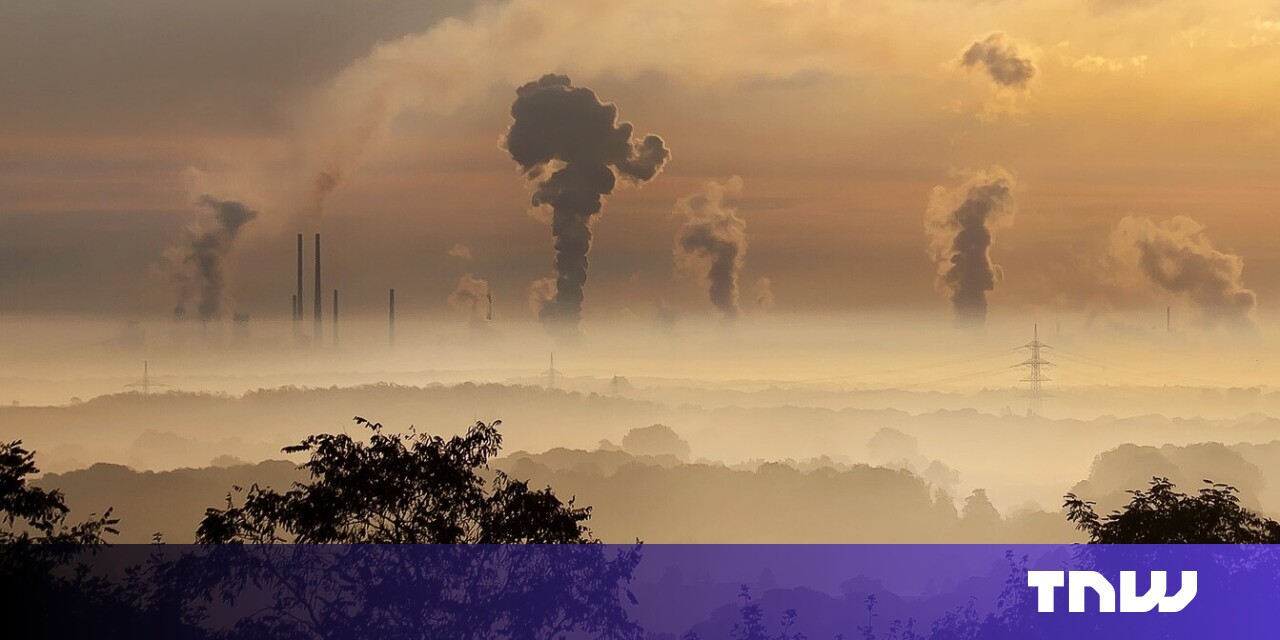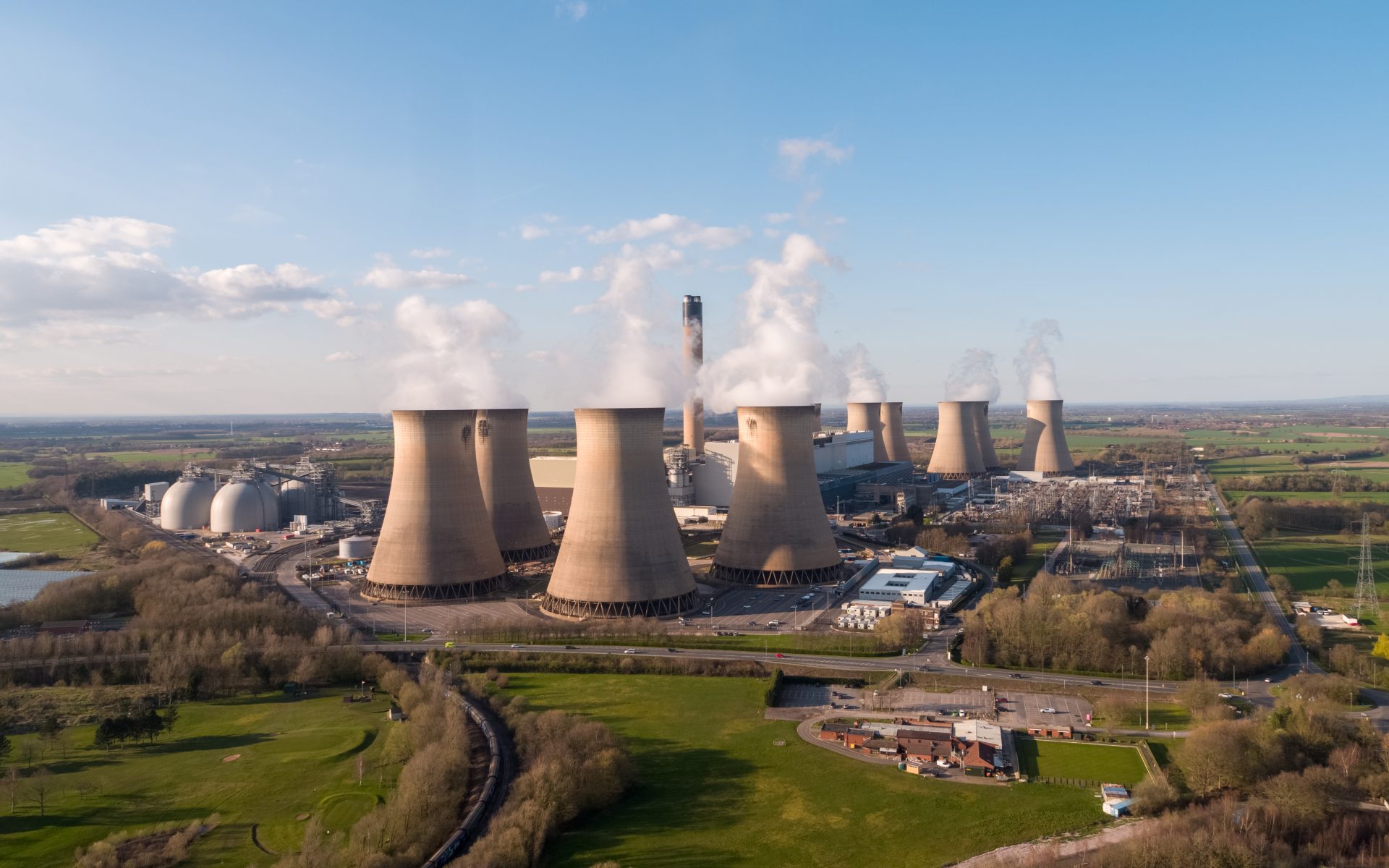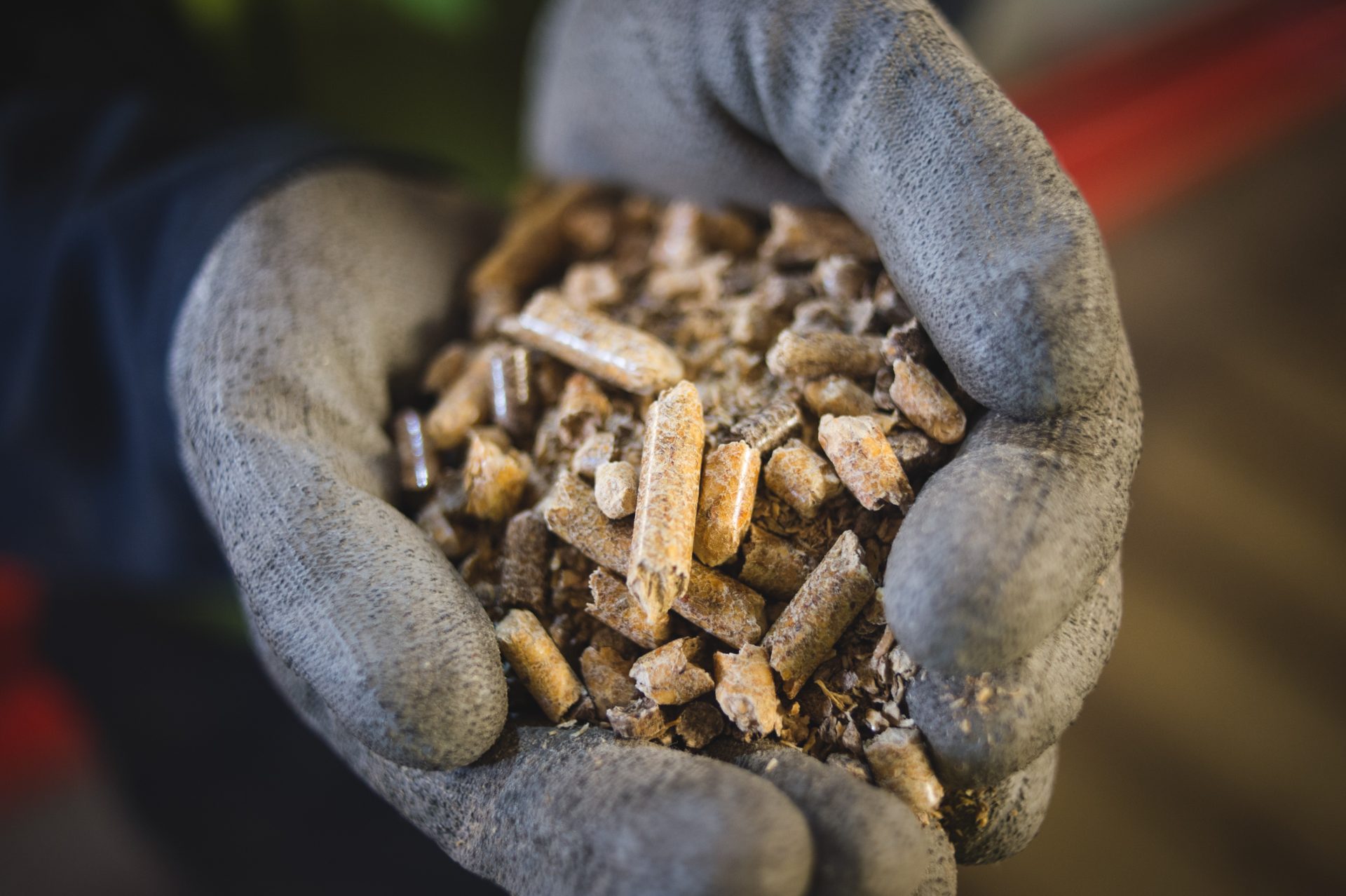#World’s largest carbon capture plant is UK’s ‘next big white elephant’

Table of Contents
Under the plans, power generator Drax will install so-called bioenergy with carbon capture and storage (BECCS) technology at two of four biomass units at the Drax power station in Yorkshire.
Drax switched from burning coal to burning biomass — mostly wood pellets — in 2019. The Drax power station, which produces around 4% of the UK’s power, mostly burns wood imported from North America.
Despite the switch, the plant was identified last year by climate think tank Ember as the country’s single largest CO2 emitter.
TNW Conference 2024 – Speakers announced!
Meet the powerhouse experts that will take the stage on June 20 & 21 in Amsterdam and save your seat today.
However, according to Drax, its power station is climate neutral because the emissions from the wood it burns are offset by the CO2 absorbed by regrowing trees in place of those that were cut down.
By adding BECCS, the power station would become the world’s first “carbon-negative” power plant and the largest carbon capture plant globally, the company claims.
The firm points to research published (albeit commissioned by the power company) from independent consultancy Baringa, suggesting the plant would strip 8 million tonnes of CO2 from the atmosphere annually.
“This research shows BECCS at Drax Power Station offers the most cost-effective, straightforward, and efficient way to help the country meet climate targets and could save billions of pounds, remove millions of tonnes of carbon from the atmosphere, and support the UK’s energy security,” said Will Gardiner, CEO of Drax Group.
Drax’s carbon capture units are set to be installed in 2030.
How will it work?
BECCS is basically like putting a giant lid on a power plant, capturing its emissions, and storing them underground in liquid form.
Under the approved plans, after the pellets are burned to produce power, flue gas containing emitted carbon dioxide would be cooled and treated before being sent through an absorption tower to remove the greenhouse gas.

Within this absorption tower, the cooled and treated gas would be subject to a chemical reaction using amine solvent, which is a compound of ammonia.
The resultant substance would then be reheated to create a pure stream of carbon dioxide, which would subsequently be transported via repurposed pipelines to be stored beneath the North Sea.
The whole project is expected to cost in the region of £2bn, a large chunk of which will need to be provided by the British government.
‘UK’s next white elephant development’
Drax claims that the retrofit will make it the world’s largest carbon capture facility. However, BECCS has never been undertaken on such a large scale and many doubts hang over its credibility as a renewable energy source.
The upgrade is also expected to cost the taxpayer a whopping £43bn in extra bills over the next 25 years, according to Ember.
Three conservative MPs have criticised plans to continue subsidies for Drax. “The proposed technology is not proven,” said MP Peter Bottomley. “There must be no further subsidies for burning trees in our power stations beyond 2027 contracts. The Government should instead focus on increasing tree cover and backing wind, solar and nuclear energy.”

If the logic that burning trees is good for the climate sounds too good to be true, it’s because it probably is.
A 2018 study led by John David Sterman from MIT found that it would take up to 100 years for replanted trees to suck up the equivalent amount of carbon emitted in biomass plants. In the meantime, all that carbon would be in the atmosphere, exacerbating climate change.
“Planning permission isn’t much use if it’s for a technology that doesn’t exist yet, wrecks the world’s forests, and is probably too expensive for the UK to ever afford,” said Matt Williams, senior advocate at the Natural Resources Defense Council, a US-based environmental advocacy group. “This could be the UK’s next big white elephant development.”
The root of the problem
For years, Drax has been benefiting from huge government incentives based on the pretence that its power plant is one of the UK’s largest producers of renewable energy — which stood at around 9% in 2021, equalling 4% of the country’s total energy production.
According to the Natural Resources Defense Council, the widespread support for biomass energy stems from 2009, when the EU defined burning wood for power as a renewable energy source as part of its Renewable Energy Directive.
“When these EU policies were first coming up, there appeared to be a genuine misunderstanding about the carbon impacts from biomass,” explains Heather Hillaker, a staff attorney with the environmental nonprofit Southern Environmental Law Center (SELC). “This is not the magical solution we’ve been looking for to fight climate change.”

Then there’s the fact that some very big questions exist around the sustainability of the wood pellets Drax burns at its plant. A BBC investigation in 2022 found that some of Drax’s wood came from mature forests in Canada that would take generations to regrow.
“The real reason Drax is pushing for BECCS is because they know they won’t be allowed to carry on burning trees unabated without the promise of capturing the carbon sometime in the future and the UK government has fallen for the lie,” said Katy Brown from British campaign group Biofuelwatch.
Our take
Drax’s carbon capture plans look more like a wolf in sheep’s clothing than a genuine solution to the climate crisis.
The 8 million tonnes of carbon savings that Drax points to rests on one key assumption: that the carbon released when wood pellets are burned is recaptured by new growth.
However, several independent investigations and research papers suggest otherwise. To us, this seems like some clever carbon accounting on Drax’s part.
With the plethora of proven renewable energy technologies available right now, at a lower cost, it seems silly — to say the least — to keep on pumping taxpayers’ money into technologies that could potentially make climate change even worse.
Whether the Drax BECCS project will receive the government backing it needs now rests with the Tory government — who haven’t exactly had a good track record of sound environmental decision-making.
If you liked the article, do not forget to share it with your friends. Follow us on Google News too, click on the star and choose us from your favorites.
If you want to read more like this article, you can visit our Technology category.



